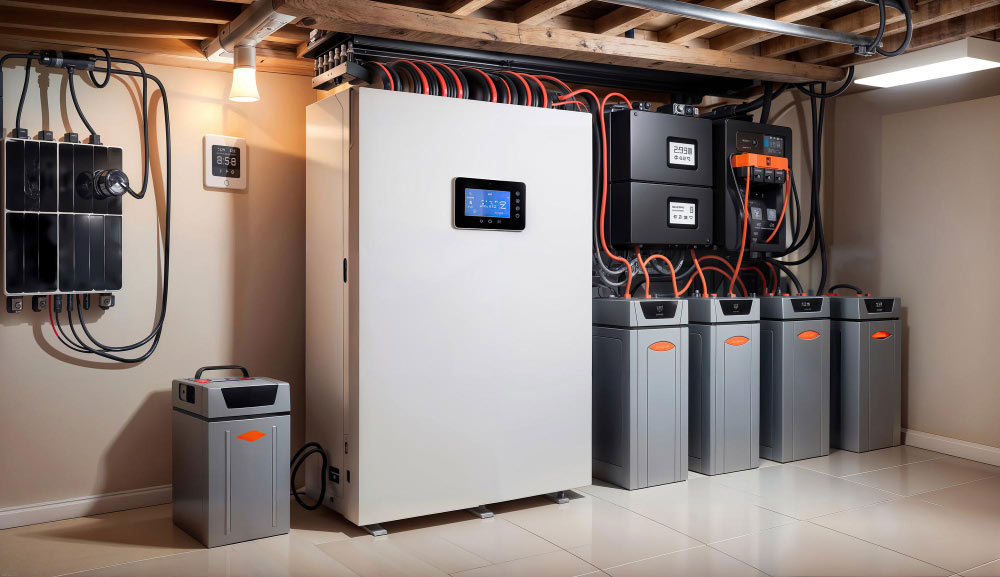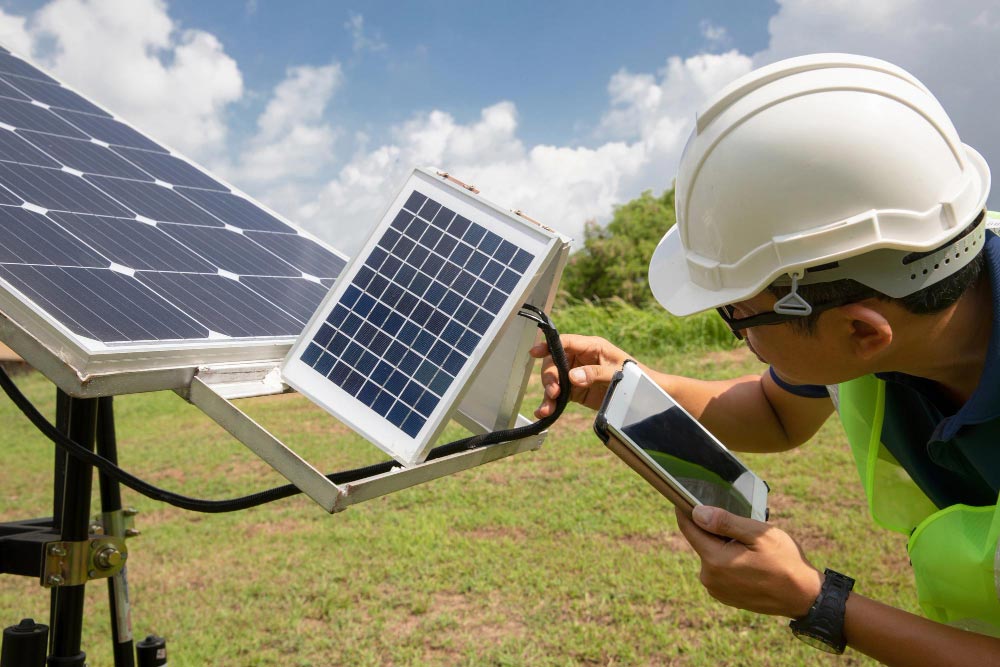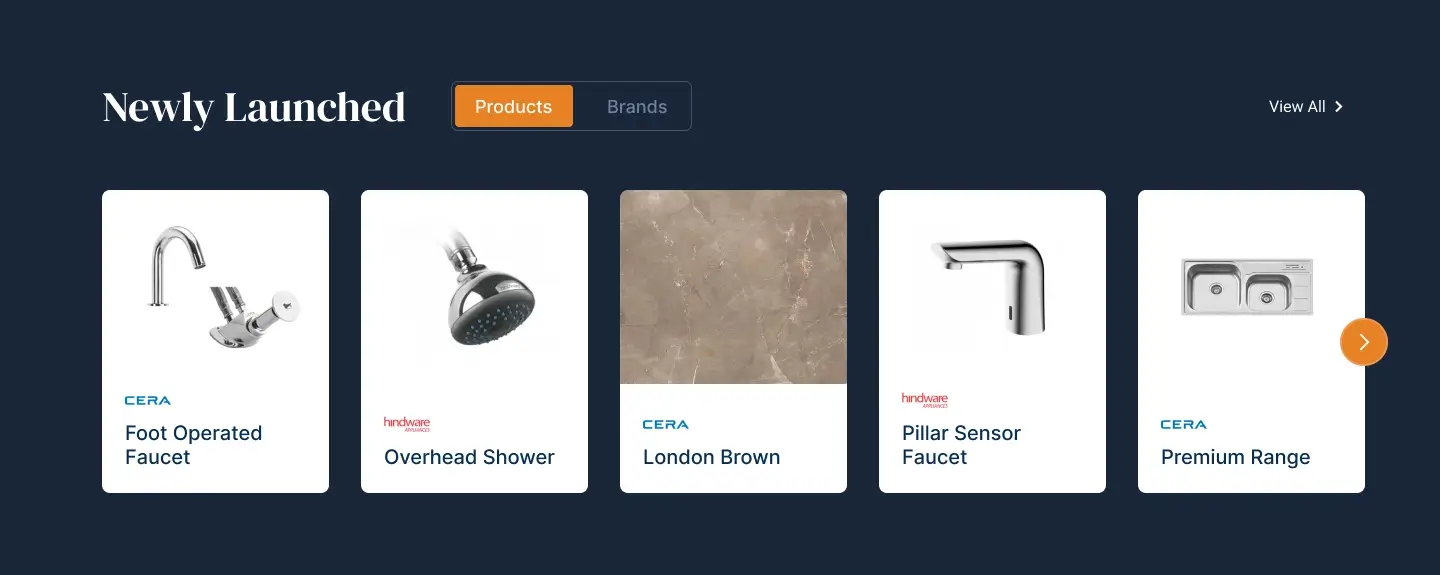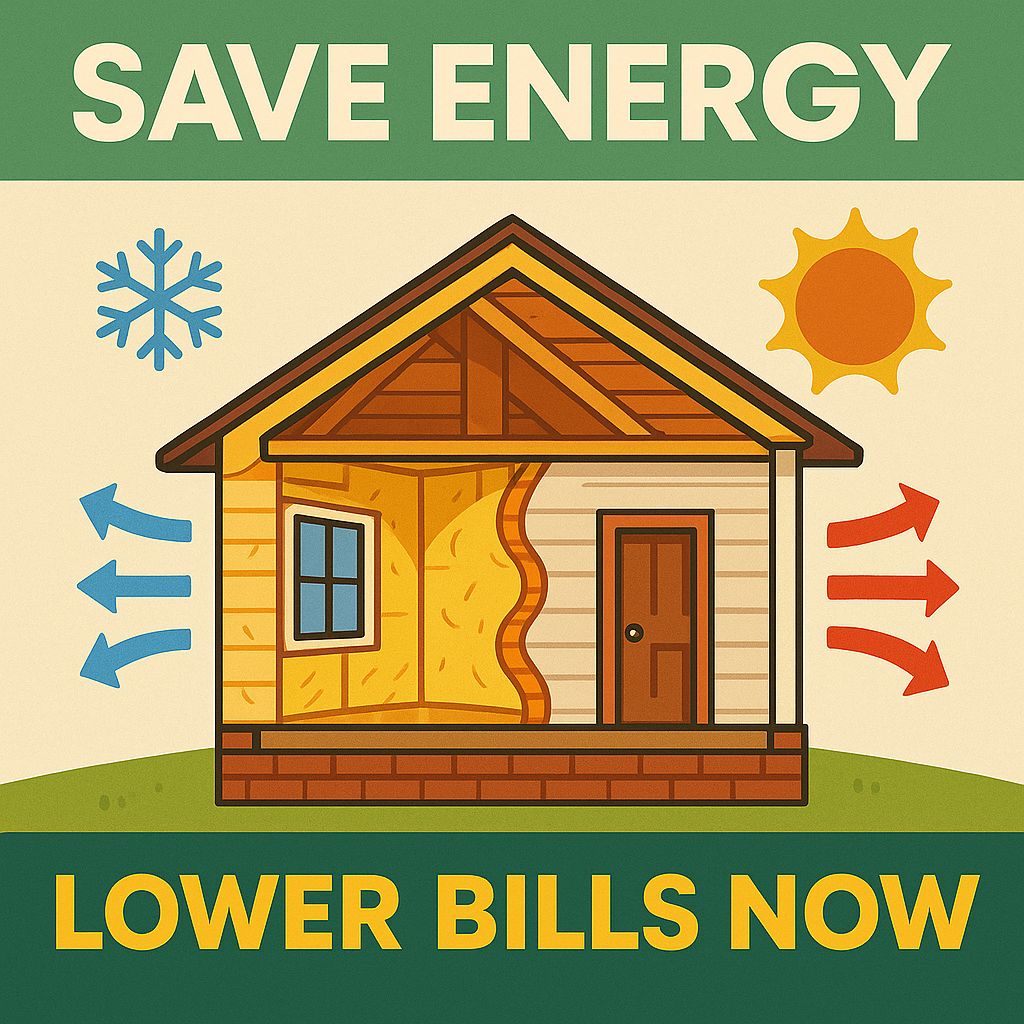
Table of Contents
Quick Summary
- Clean Energy is a global objective today.
- Whole home battery backup keeps your home powered during blackouts.
- It stores electricity to run all appliances without grid dependence.
- The system pairs with solar panels for 24/7 clean power supply.
- It reduces fossil fuel use and carbon footprint effectively.
- Smart energy management helps save 60–80% on electricity bills.
- Modern batteries offer modular expandability for growing energy needs.
- Proper battery sizing ensures full home coverage and future flexibility.
- Installation includes permits, inverter setup, and smart monitoring.
- Time-of-use settings optimize charging during low-rate hours.
- Regular checks ensure system safety and long-term performance.
- It transforms homes into energy-secure, sustainable power hubs, which is
- A practical path towards true clean energy independence.
Have you ever thought the use of clean energy and whole home battery backup utility? Read on to explore insightful information.
Just imagine that a storm knocks out power across your neighbourhood. While your neighbours scramble for flashlights and worry about spoiling food, your lights stay on, your refrigerator hums along, and life continues uninterrupted. This isn’t a fantasy—it’s the reality whole home battery backup delivers.
These sophisticated battery backup systems can store energy for your entire household. The system ensures that you’re never left in the dark during the problem of grid failures. Beyond emergency preparedness, they unlock remarkable benefits.
It is a genuine energy security that shields you from utility disruptions, and offers meaningful sustainability by reducing fossil fuel dependence. It also offers a substantial cost savings through smart energy management.
If the backup power for homes system is paired with solar panels, the synergy becomes even more powerful, and helps upgrading your home into a self-sufficient energy hub.
What if your home never feared blackouts again? What if you could take control of your energy future while shrinking your carbon footprint and monthly bills? It’s a safe path to comprehensive energy freedom, and it starts with understanding how whole home backup systems work and why they’re revolutionizing residential power management for forward-thinking homeowners.
What is Whole Home Battery Backup? Foundation for Energy Freedom

Whole home battery backup systems represent a significant shift from traditional partial solutions that power only selected circuits: it is a unique home energy storage system. It is not like generators even that run a few essentials or small battery packs for individual devices. these battery backup systems are comprehensive enough, which can integrate with your entire electrical panel, protecting every outlet and appliance in your home.
At their core, they consist of large-capacity lithium-ion battery units, which ranges from 10 to 20 kWh. The battery is installed as paired with inverters that convert stored DC power into the household requirement of AC electricity. Smart controllers orchestrate the entire operation, automatically detecting outages and switching to battery power within milliseconds.
However, it is a bit critical to understand its capacity metrics. Let’s take an example. A 13.5 kWh system can power an average home for 8-12 hours during the normal usage. These systems connect directly to your main electrical panel through a dedicated subpanel or transfer switch. it creates a seamless backup network. if you are to evaluate options you should prioritize units with UL 9540 certification. it will ensure that these sustainable power solutions meet rigorous safety standards for energy storage systems.
Modern systems also offer modular expandability. The backup power for homes system allows you to add battery modules as your energy needs grow or as you incorporate additional solar capacity.
Thus, the system turns to be a future-proof investment that can be upgraded with your household’s changing demands.
Solar Panel Integration: Maximising Renewable Potential

There is a scope of integrating solar panels with whole home batteries to create a closed-loop energy ecosystem. This integration transforms intermittent solar generation into reliable 24/7 power supply. It stores excess daytime production for evening use when panels sit idle and works as a solar battery backup.
Technical compatibility hinges on matching your inverter type. For Instance, hybrid inverters can manage both solar input and battery charging in ne go, The AC-coupled systems offer retrofit flexibility for existing solar installations.
If you want to optimise storage cycles, you can program your system to prioritise battery charging during peak solar hours (typically 10 AM to 2 PM), then discharge stored energy during expensive evening rate periods. Time-of-use balance becomes automatic. Your batteries absorb cheap midday solar electricity and deploy it during premium 4-9 PM windows when grid rates spike, potentially cutting utility costs by 60 percent – 80 percent.
Panel placement dramatically affects backup efficiency—south-facing arrays with minimal shading maximize daily energy harvest, ensuring your batteries reach full capacity even during winter months.
The maintenance synergy proves equally valuable: annual inspections can cover both solar connections and battery health checks simultaneously, reducing service costs. Modern monitoring apps display real-time energy flow, showing exactly how much solar power charges your batteries versus what exports to the grid, empowering you to fine-tune consumption patterns with your home energy storage system.
This visibility transforms abstract energy concepts into tangible household management, making clean energy independence not just possible but measurable and continuously improvable.
Achieving True Home Energy Independence
1. Reducing Grid Reliance
Peak shaving cuts your utility dependence by drawing stored battery power during high-demand periods when grid electricity costs most, typically between 4-9 PM on weekdays. Configure your system to discharge batteries during these windows while staying grid-connected during cheaper overnight hours for backup charging if solar production falls short. Self-consumption optimisation means using every kilowatt-hour your panels generate rather than selling it back at wholesale rates with solar battery backup.
Most utilities pay just 3-5 cents per kWh for exports while charging 15-30 cents for imports, making storage financially superior to net metering in most markets. During outages, your system automatically islands your home, disconnecting from the grid while maintaining full power to protected circuits. This weatherproofing proves invaluable during extended blackouts caused by storms, wildfires, or infrastructure failures, ensuring your home remains a functional sanctuary when neighbours face days without electricity.
2. Scalability for Complete Autonomy
Achieving 24/7 grid independence requires sizing batteries to cover 1.5-2 times your daily consumption—if your household uses 30 kWh daily, target 45-60 kWh of storage capacity to account for cloudy days and seasonal solar variation. Load management becomes essential: program smart thermostats to precool homes during peak solar hours, run dishwashers and laundry mid-day when batteries charge, and delay non-essential loads during low-production periods. Integrating EV charging demands careful planning—a typical electric vehicle adds 10-15 kWh daily, requiring additional battery modules and potentially expanded solar arrays. For multi-day backup scenarios during prolonged outages, implement conservation modes that prioritize refrigeration, lighting, and communication devices while temporarily curtailing energy-intensive appliances, extending your autonomy from days to potentially weeks when combined with modest solar input even under overcast conditions.
3. Slash Electricity Bills Through Smart Storage
Time-of-use rate arbitrage turns utility pricing structures to your advantage—charge batteries when electricity costs 8-12 cents per kWh during off-peak hours, then discharge during premium periods when rates hit 25-40 cents, pocketing the 15-30 cent differential on every stored kilowatt-hour. A properly configured 13.5 kWh system cycling daily can save $800-1,500 annually in high-rate markets like California or New York.
‘If you want to calculate ROI, it requires an upfront comparison of costs against cumulative savings: a $12,000 system generating $1,200 yearly savings reaches payback in roughly 10 years. However, federal tax credits covering 30% of installation costs accelerate this to 7 years while batteries typically last 12-15 years. State-level incentives sweeten the deal further—Massachusetts offers $1,000 per installed battery through SMART programs, while California’s SGIP provides rebates up to $3,500 depending on the capacity of the system.
Real-world results can validate these projections better. A Texas household could reduce monthly bills from $240 to $85 by storing cheap overnight wind energy. An Arizona family could cut summer cooling costs 68% through the strategic discharge timing.
Modern monitoring platforms display dollar-value metrics in real-time. It can track exactly how much each charge-discharge cycle saves compared to grid-only scenarios, transforming your battery from abstract technology into a transparent profit-generating asset that continuously optimizes itself based on rate schedules and consumption patterns.
Implementing Your Clean Energy Solution: Step-by-Step Guide
Step 1: Home Energy Auditing
You can start by analysing your utility bills from the past 12 months to establish baseline consumption patterns. It is observed that households use 25-35 kWh daily, with seasonal peaks during summer air conditioning or winter heating months.
Now, you need to identify critical loads that must stay powered during outages. It is calculated that refrigeration typically draws 1-2 kWh daily, while well pumps require 0.5-1 kWh and medical equipment demands uninterrupted supply. You may use a kill-a-watt meter to measure individual appliance consumption over 24-hour periods, revealing hidden energy drains like older HVAC systems consuming 5-8 kWh daily. This data determines whether you need a single 10 kWh battery or multiple units totalling 20+ kWh for comprehensive coverage.
Step 2: System Sizing & Product Selection
You need to match the battery capacity to your audit results by adding 20% overhead. If the daily consumption hits 30 kWh, you need to target 36 kWh storage to accommodate inefficiencies and the provision for future growth.
Lithium-ion batteries dominate the market with 90-95% round-trip efficiency and 10–15-year lifespans. The new trend is emerging with saltwater batteries. These batteries offer non-toxic chemistry and unlimited cycling but lower energy density requiring more installation space.
You may compare warranty terms carefully. The premium systems guarantee 70% capacity retention after 10 years with 10,000+ cycles, while budget options may degrade faster under heavy daily use. Manufacturers like EcoFlow offer modular systems that allow homeowners to start with a base unit and expand capacity over time, providing flexibility as energy needs evolve or solar arrays expand.
Step 3: Professional Installation Process
Secure electrical permits through your municipality. Most jurisdictions require licensed contractors and inspections before energizing battery systems connected to the home panels.
Professional installation typically takes 1-3 days. In this phase, electricians mount battery units in garages or utility rooms with adequate ventilation. They run conduit to the main panel, install transfer switches or smart subpanels, then configure inverter settings for your utility’s grid parameters. Final inspections verify proper grounding, arc-fault protection, and rapid shutdown mechanisms meet National Electrical Code Article 706 standards before your system receives permission to operate.
Step 4: Optimisation & Monitoring
The user needs to configure manufacturer apps to match the utility’s time-of-use schedule. As a user you need to set charge windows during cheapest rate periods and discharge thresholds when the price goes up.
You should monitor daily performance metrics by tracking solar input, battery state-of-charge, grid imports, and household consumption, etc. It is a way to identify optimisation opportunities like shifting laundry schedules to solar production hours. It is safe to establish a quarterly maintenance check to examine electrical connections for corrosion, verifying firmware updates install automatically, and confirming battery cells maintain balanced charge levels, ensuring your system delivers maximum value throughout its operational lifetime.
Take Control Today of Your Energy Future

A home battery backup systems deliver transformational benefits. However, the list of benefits extends far beyond a simple blackout protection. These systems provide unwavering energy security during a grid failure, and it ensures that your household maintains comfort and functionality no matter if your neighbours are suffering from darkness and disruption.
Once you embrace clean energy storage, you actively can participate in sustainable living. You can start contributing in reducing fossil fuel dependence while shrinking your carbon footprint with every charge cycle.
Summing Up
The financial advantages of using clean energy and Whole Home Battery Backup system prove equally compelling for residential energy independence. The much talked-about strategic time-of-use management and solar integration can slash electricity bills by 60-80%, turning your battery system into a profit-generating asset, which pay dividends for nest years ahead. When paired with solar panels, this synergy becomes a genuine force multiplier, as it transforms intermittent renewable generation into reliable 24/7 clean power supply.
It can liberate you from utility rate fluctuations and grid vulnerabilities. Your journey towards energy freedom begins with a simple home energy audit, which can establish the foundation for a customised solution tailored to your household’s unique energy needs.
Residential energy independence isn’t a distant dream, which you ned to keep reserved for off-grid extremists. Presently, it is an achievable reality for eco-conscious homeowners ready to invest in proven technology that delivers security, sustainability, and savings. With this sustainable power solutions technology, you can take control of your energy future today. Also, you can experience the profound peace of mind that comes with the true whole home backup power.
Also Read: 9 Energy-efficient Home Upgrades to Save Your Money
FAQs on Clean Energy & Whole Home Battery Backup
1. What Is a Whole Home Battery Backup System?
A whole home battery backup stores electricity to power your entire house during outages. It keeps lights, appliances, and devices running without grid support.
2. How Does Clean Energy Work with Home Battery Backup?
Clean energy from solar panels charges the battery. The stored power runs your home during the night or blackouts, ensuring renewable and reliable energy use round the clock.
3. Can a Battery Backup Reduce My Electricity Bills?
Yes, it lowers bills by storing cheap off-peak or solar power and using it during high-rate hours. This smart timing cuts monthly costs significantly.
4. How Long Can a Home Battery Backup Power A House?
It depends on the battery capacity. For instance, a 13.5 kWh system can power an average home for 8–12 hours. If you use a larger or modular setups, it can extend backup time up to several days.
5. Is Installing a Clean Energy Battery Backup Worth It?
Yes, it offers energy security, reduces carbon footprint, and saves on electricity costs. When paired with solar panels, it provides lasting independence from grid disruptions.






























